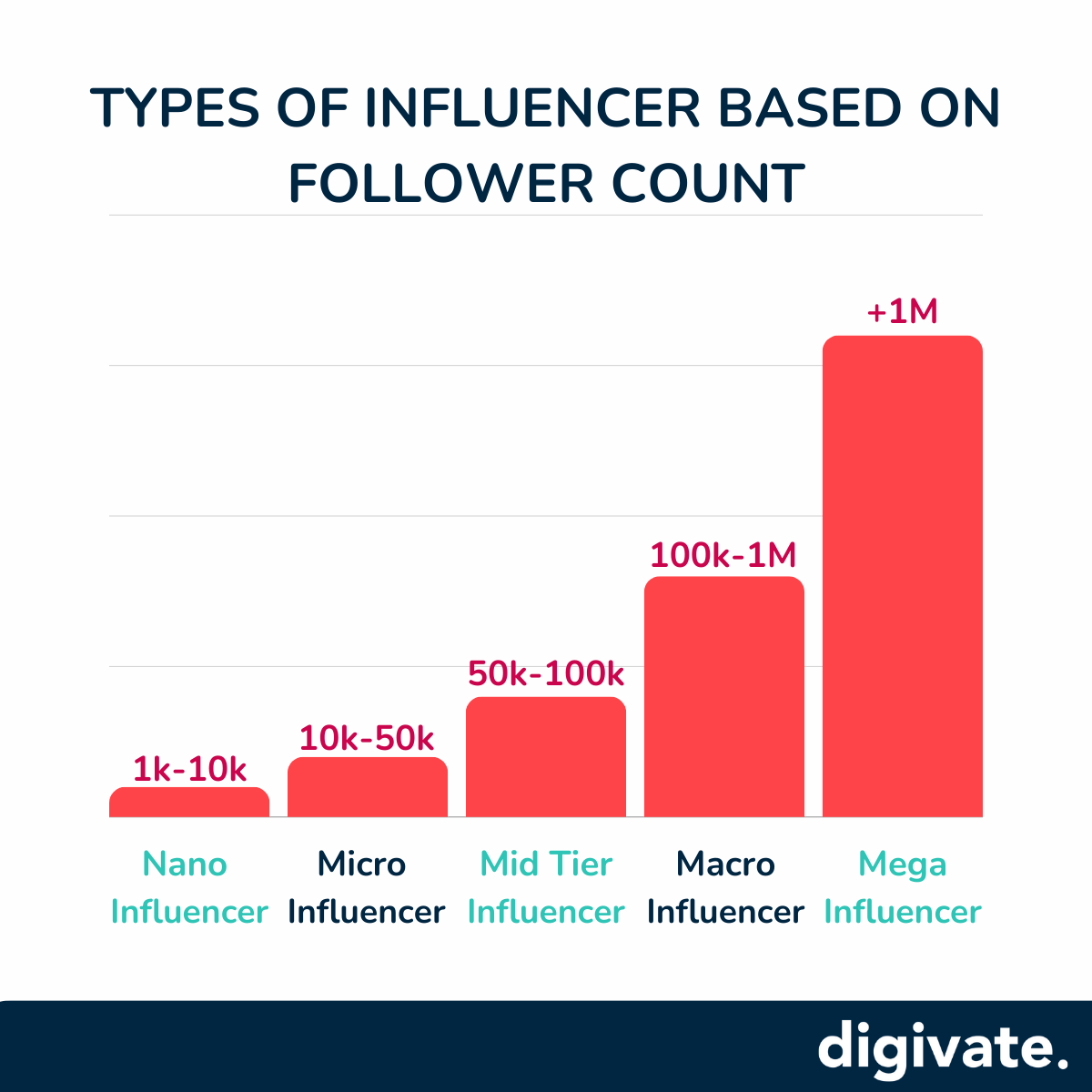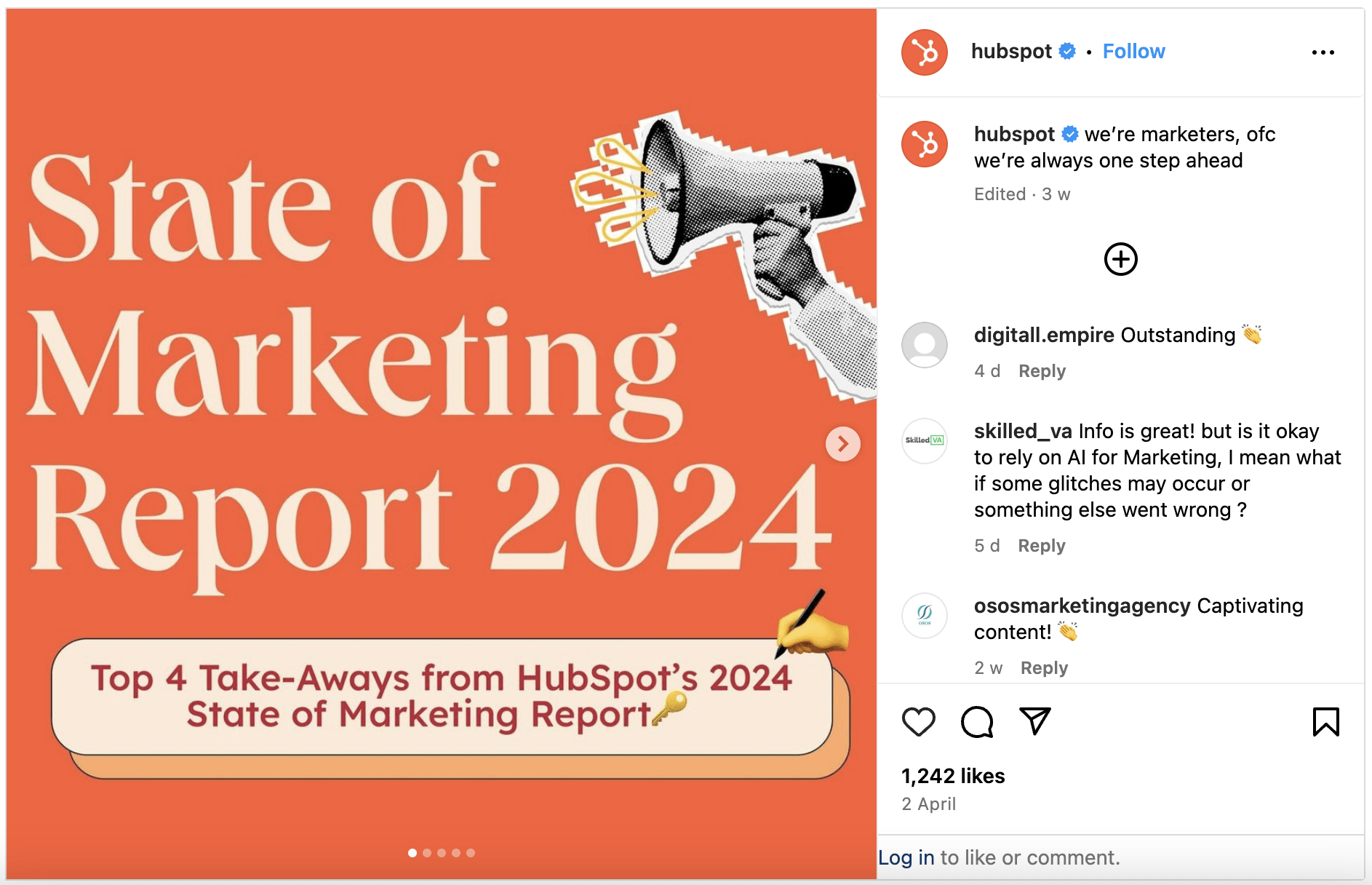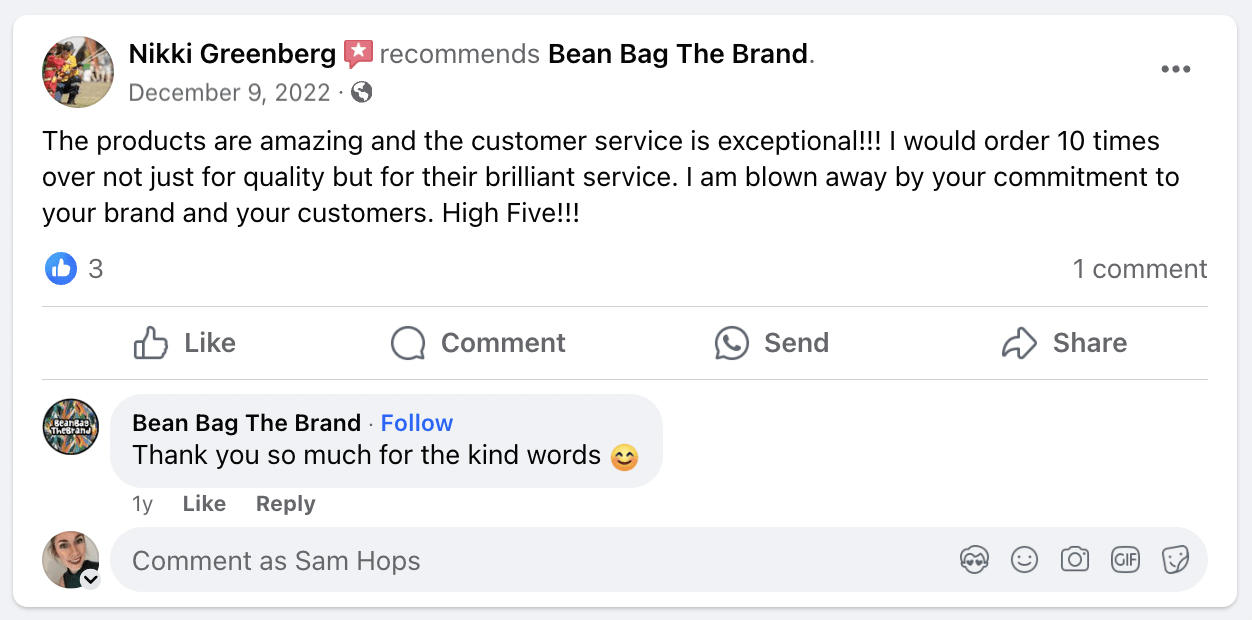
Everybody knows their business should be more active on social media channels like Facebook, Instagram, TikTok, and X (previously Twitter), but it’s not always easy to know where to start.
Companies that have built their business through traditional advertising mediums like print and television have grown accustomed to having total control over the way they present their brand to the public. These forms of advertising effectively only allow for a one-way conversation, rarely giving the customer a chance to voice their opinion on a brand or product.
Herein lies the reason many businesses are nervous about using social media. All of a sudden their customers have a voice—a voice that can be used just as easily to complain as to compliment.
While opening up a two-way dialogue with customers might seem like a frightening proposition to many business owners, it is important to realise that social media is not going away any time soon. What’s more, companies who choose to embrace it reap enormous benefits.
Some of the world’s biggest brands use social media to generate levels of brand awareness and engagement that are simply not possible with traditional forms of advertising. By introducing a human and interactive element to their brands, these businesses can cultivate deeper levels of engagement and loyalty that result in more people staying informed about their brand, talking about their brand and ultimately, buying from their brand.
If you think it’s time your business jumped on the social media bandwagon or you would simply like to use social media more effectively, here are 20 tips to help you get more out of arguably the most important marketing channel of the 21st Century:
1. Be a Real Person (Not a Soulless Corporate Machine)
Gone are the days of the faceless corporation. Customers in this day and age expect to deal with real people, both in person and on the web. When you create your social media profiles, be sure to include your full name, some personal information about your interests, and photos of you and your team.
Also, don’t make the mistake of believing you should only write about your industry. It is perfectly acceptable to include a 10-20% ratio of off-topic updates about anything you find interesting—whether it be a hot topic in the media, news about your favourite sporting team or exciting personal news related to your co-workers, even your customers.
Get Help With Social Media Marketing
2. Be Social (Duh!)
When it comes to online marketing, it’s very easy to fall victim to over-analysis paralysis. Many people would have a lot more success in engaging with their followers if they just lightened up, and were friendly, helpful, humorous, and most of all, social. You should also not make the mistake of just sitting and waiting for other people to interact with you. This is the equivalent of sitting in a darkened corner at a party with a glum look on your face. You can interact with others in your industry by:
- Leaving blog comments
- Re-tweeting great posts
- Sharing, “Liking”, “+1-ing”, “Stumbling” and “Digging” great content from people in your niche
- Linking out to other people
- Responding to emails and messages
- Contributing great blog posts, tweets, updates and media content
One way to take your real-time engagement to the next level is by using Sendbird Live for real-time engagement, which allows you to connect with your audience through live streaming, creating a more interactive and engaging experience.
Always remember, the same things that make you likeable in person will also make you likeable online. Which brings me to my next point…
3. Don’t Worry About Whether People Like You
Don’t be too self-conscious or calculating, instead allow your true personality to shine through. People can tell when you’re trying too hard to make them like you or your product. Don’t come from a scarcity mindset. If you truly believe in your product or service, your natural enthusiasm will help to sell it better than any kind of contrived convincing or persuasion.
4. Don’t Be Afraid To Polarise People
As Tim Ferriss says in his book The 4-Hour Workweek, “People can dislike you—and you often sell more by offending some—but they should never misunderstand you”. Never be afraid to state strong opinions, regardless of whether some people might not like them. If you try and please everyone, your voice will become inauthentic and diluted. Besides, we all know that controversy draws attention and as many social media experts say “where attention goes, money follows”.
5. Show a Genuine Interest in Other People’s Work (Even Competitors)
Give credit where credit is due. If other people are doing great things in your industry, why not spread the word? Showing that you are capable of identifying excellence also implies that you are capable of creating it. Not only will giving due praise make you seem more humble and likeable, it will also make others more likely to praise your company when you are contributing great things.
6. Don’t Just Focus Your Attention on the Big Guns
Everybody started at the same place as everyone else—at the bottom. Rather than spending all of your time trying to attract the attention of high–value people in your industry, consider that there are a lot of rising stars out there who may one day be just as prominent.

Develop relationships with people who are doing great work, regardless of how popular they are. While at it, don’t neglect to take steps to make yourself popular, which is surprisingly quite within reach with the help of social media service providers like Famoid.
7. Offer People Your Very Best Advice—For Free!
Even if you’re in the consulting biz—offering people a taste of the very best advice and information you can offer will often whet their appetite enough to turn them into a paying customer. After all, if you’re giving away such good quality information for free, imagine how good your paid services must be.

8. Talk About What’s Hot
Even if it’s unrelated to your industry (remember, 10-20% of your updates can be off-topic), initiating conversation on hot topics will always draw attention. Aside from general news sites, there are lots of other great resources for finding out about the latest trending topics. Here are a few of them:
- Google Trends
- Alltop
- X (previously Twitter) – view trends in the side bar
- Mix (previously StumbleUpon)
Social media trends shift faster than you can say “viral.” Staying on top of the latest trends ensures that your content remains relevant and engaging. Follow trend reports, popular hashtags, and emerging content formats to keep your social media strategy fresh and compelling.
My advice? Keep track of social media influencers and industry thought leaders. They often share the latest trends, updates, and strategies that are shaping the industry.
9. Share Mind-Boggling Images and Video
In this age of unlimited media content and short attention spans, people often don’t have the time or patience to digest long slabs of text. Image and video content often have far more viral potential than an article or blog post, especially if the content is shocking/surprising/interesting/humorous or otherwise mind-boggling.
This is one of the most-liked posts on Instagram:

Obviously creating your own content is the best option, but feel free to share other people’s content too—it will still draw attention to your profile/page. It is a good idea to use stock videos when creating videos for your brand; there are many options available on sites such as Videvo that allow you to search for a video by keyword or category to find exactly what you need.
Some great places to find awesome content to share via social media include:
- Know Your Meme (Cheezburger Network)
- Mix (previously StumbleUpon)
- Alltop
- Google Alerts
- Cool Infographics
10. Don’t Bother Reading This Point (It’s about Reverse Psychology)
People are tired of big companies telling them what to think and do. The empty rhetoric and brazen sloganeering used in traditional advertising simply don’t work on the tech–savvy, banner-blind social media users of today. But you can still lure them in with reverse psychology.
Using lines like “99% of people will be too lazy to take this advice”, will still trigger people’s curiosity if done right. It works even better if you can target their egos too. Try using statements like: “Don’t bother looking at this unless you are of above-average intelligence”. Slightly evil maybe, but watch your click-through rate soar!
11. Leverage Data Analytics
Data analytics is not just for techies; it’s crucial for any social media strategy. Dive into the metrics provided by platforms like Google Analytics, Facebook Insights, and Twitter Analytics to uncover what works and what doesn’t.
By examining engagement rates, click-throughs, and conversion metrics, you can fine-tune your content and strategies to better resonate with your audience.
12. Consistency is Key
Imagine showing up at a party only once in a while—your presence would quickly fade from memory. The same goes for social media. A consistent posting schedule keeps you on your audience’s radar and reinforces your brand’s presence. Regular updates help maintain engagement and ensure that your content is continuously being seen and interacted with.
13. Optimise for Each Platform
Every social media platform has its own unique vibe and audience. Tailor your content to fit the nuances of each platform.
For example, Instagram thrives on visual content, LinkedIn prefers professional insights, and X (previously Twitter) is great for quick updates and conversations. Adapting your approach ensures that you’re speaking the right language for each channel.
14. Engage with User-Generated Content
Your followers can be some of your most powerful brand advocates. Encourage them to share their own content related to your brand, and don’t shy away from featuring their posts on your channels. User-generated content not only boosts engagement but also builds a sense of community and trust around your brand.

15. Use Paid Advertising Wisely
Organic reach can only get you so far. Paid advertising allows you to extend your reach beyond your current followers. Use targeted ads to reach specific demographics, interests, and behaviors. This strategic approach can help you connect with potential customers who are most likely to be interested in what you offer.
16. Monitor Competitors
Keeping tabs on your competitors can be more enlightening than you might think. Analyse their successful posts and strategies, and take note of their missteps. This competitive analysis can offer valuable insights and inspiration for refining your own social media tactics.
Several tools can help monitor competitors on social media, offering insights into their strategies and performance. Here are a few notable ones:
- Hootsuite
- Sprout Social
- BuzzSumo
- Brandwatch
- SEMrush
- Mention
17. Run Contests and Giveaways
People love free stuff and friendly competition. Contests and giveaways are a great way to boost interaction and attract new followers. Ensure that your contests have clear rules and offer prizes that will excite your target audience. It’s a win-win for generating buzz and growing your social media presence.

18. Implement Social Media SEO
Social media SEO refers to the practices and strategies used to improve the visibility and ranking of your social media profiles and content in search engine results and within social media platforms themselves. Here’s an overview of key aspects of social media SEO:
- Keyword integration: Incorporate relevant keywords into your posts, profile, captions, and hashtags. This helps your content become discoverable when users search for those terms. Use tools like Google Keyword Planner or social media analytics to identify high-performing keywords for your industry.
- Content quality: High-quality, engaging content is more likely to be shared and interacted with, which can boost your visibility. Create content that resonates with your audience and encourages likes, shares, and comments, as these interactions can influence your content’s reach and ranking.
- Hashtags and tags: Use relevant hashtags and tags to categorise your content and make it easier for users to find. Research trending hashtags and incorporate them where appropriate to increase your content’s discoverability.
- Link building: Include links to your website or blog in your social media profiles and posts. This can drive traffic to your site and improve your site’s search engine ranking. Additionally, having other reputable sites link back to your social media profiles can enhance your credibility and SEO.
- Consistent branding: Ensure that your branding, including logos, colours, and messaging, is consistent across all social media platforms.
- Local SEO: If your business has a physical location, optimise your social media profiles for local searches. Include location-specific keywords and information, and engage with local communities and hashtags.
- Stay updated with algorithms: Social media platforms frequently update their algorithms, which can affect how your content is ranked and displayed.

19. Improve Your Profiles
Your social media profiles are often the first impression people get of your brand. Make sure they are fully optimised with up-to-date information, high-quality images or videos, and a clear, engaging description of what you do.
Whether you’re professional, casual, or humorous, ensure your profile communicates your brand’s unique voice. And, always tailor your profile to fit the unique features of each social media platform. For example, Instagram profiles should focus on visuals, while LinkedIn profiles should emphasise professional achievements and skills.
20. Respond Quickly & To Everything
In the fast-paced world of social media, timing is everything. Responding to comments and messages promptly shows that you value your audience’s input and are attentive to their needs. Quick, thoughtful responses can enhance your brand’s reputation and foster positive relationships with your followers. Engagement is everything.
Responding to both positive and negative comments is essential for building a strong online presence. When you receive positive feedback, take the opportunity to acknowledge and thank your followers, showing appreciation for their support and reinforcing positive engagement.

For negative comments, approach them with professionalism and empathy. Address concerns calmly and constructively, and offer solutions or apologies where appropriate. Ignoring or deleting comments—unless they are spam—can harm your reputation and miss a chance to resolve issues or improve your service.
Wrap-Up: Social Media Success Starts Here!
Adopting social media can seem overwhelming, but these tips can help you make the most of it. By being authentic, consistent, and data-driven, you can effectively engage with your audience and build your brand. Experiment with trends, interact with your followers and use both organic and paid methods to enhance your reach.
Social media is about meaningful interactions and creating a community around your brand. Approach it with confidence, stay true to your brand, and you’ll see your social media efforts contribute significantly to your success.
Thanks for reading!



